A secure future relies on both nutritious and sustainable foods
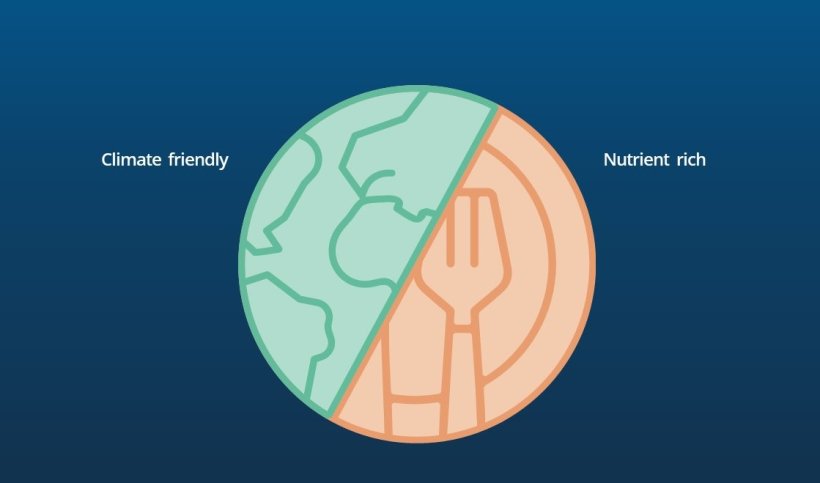
Small pelagic species are top performers in both dimensions: climate and nutrition

Small pelagic species have a low carbon footprint

Small pelagic species are one of Nature’s best nutrient sources

Where do we get small pelagic species from in our diets?
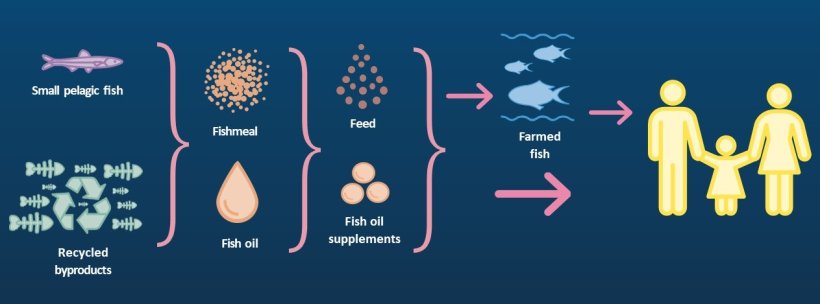
Farmed fish is the most resource-efficient animal protein on the planet

Fishmeal and fish oil’s most strategic use in food production is in aquaculture
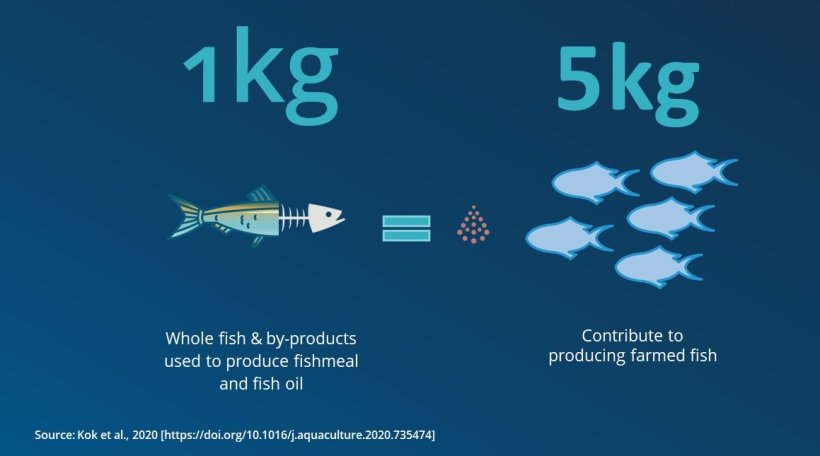
Aquaculture is the most effective way to use the nutrients that small pelagic species contain
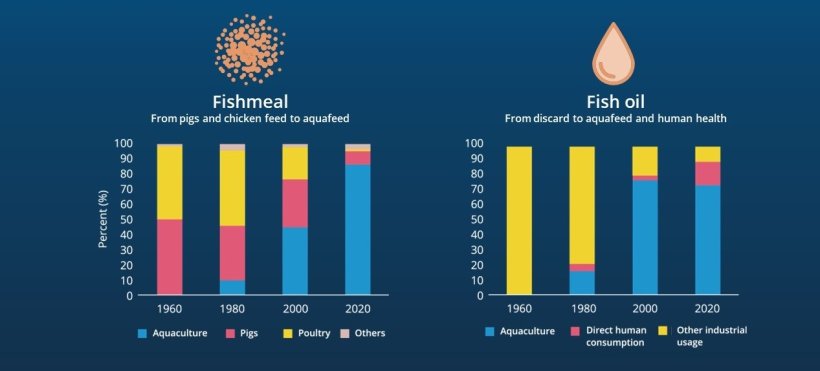
Small pelagic species have specific features…
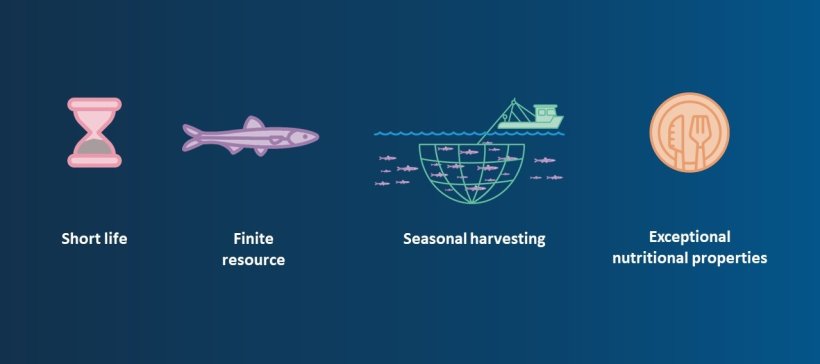
… which limit the way they can be used

Fishmeal and fish oil accentuate the palatability of feed…
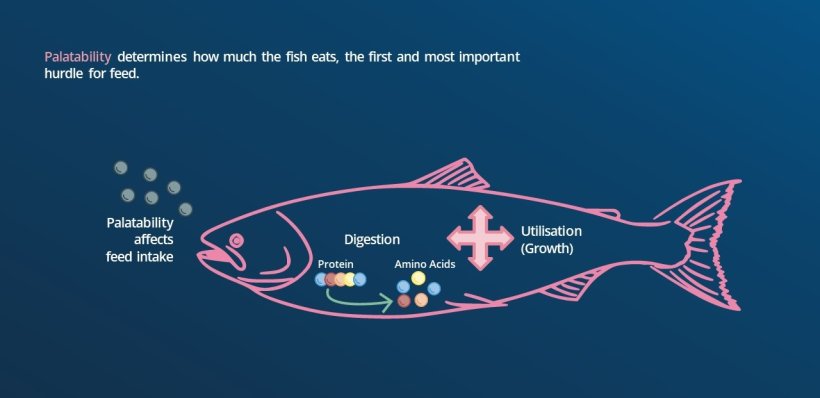
… and provide well rounded nutrition in aquatic diets
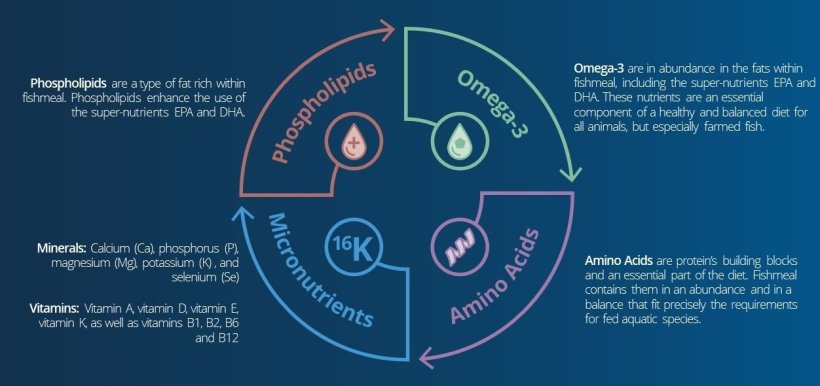
Omega-3s play a specific role but not all of them are equal

Among omega-3s, EPA and DHA have the most health benefits
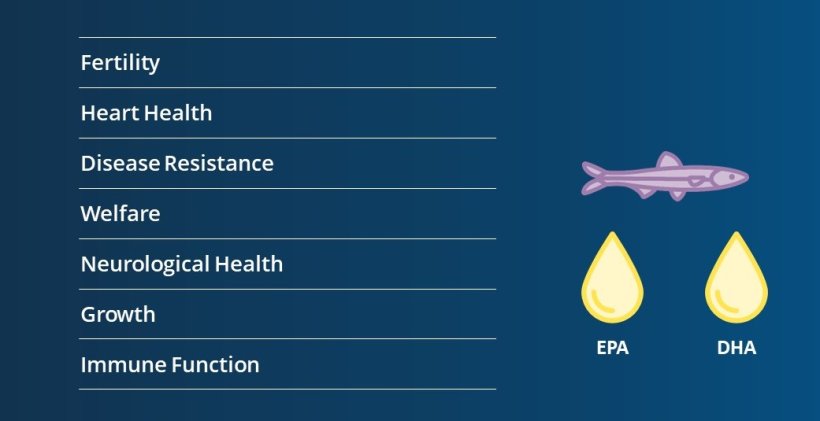
Fish oils contained in fatty fish are the most effective way to get
EPA and DHA…

All animals (including humans) need EPA & DHA
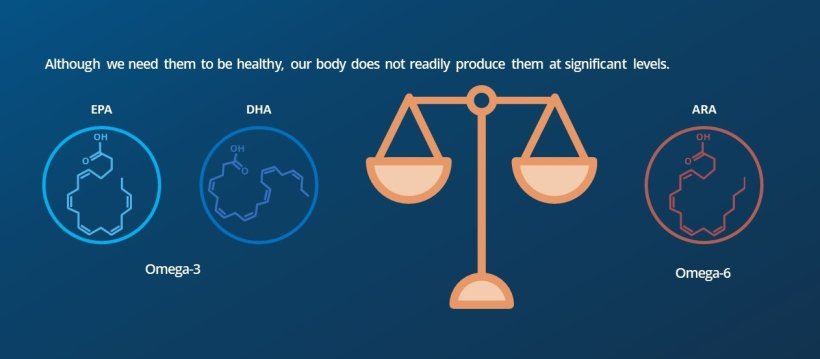
Keeping the balance: a key challenge
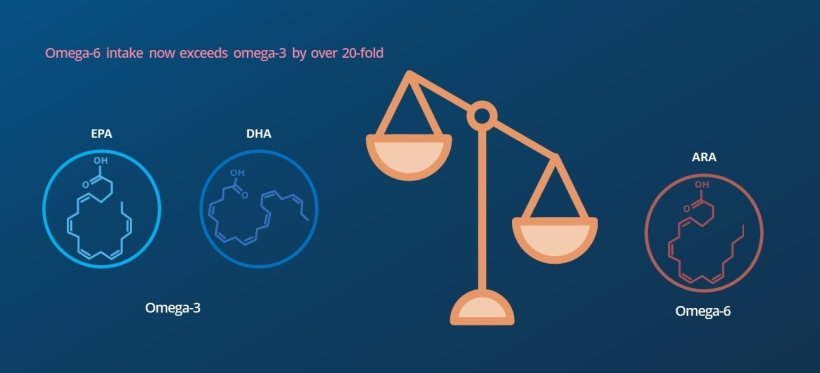
Humans benefit directly and indirectly from fishmeal and fish oil

"Fishmeal and fish oil are still considered the most nutritious and most digestible ingredients for farmed fish, as well as the major source of omega-3 fatty acids."
Food and Aquaculture organisation: State of the World’s Fisheries and Aquaculture, 2022








